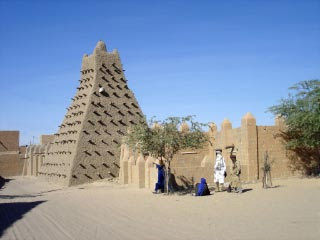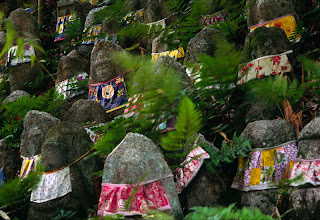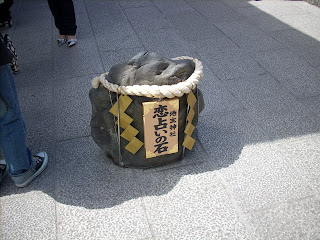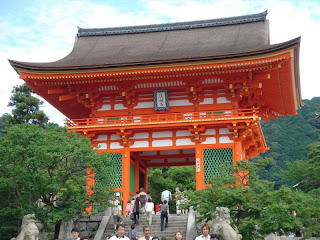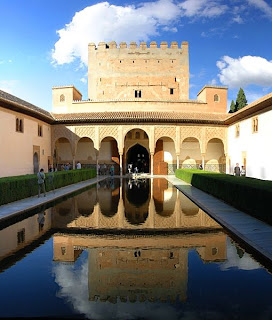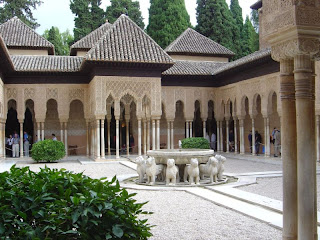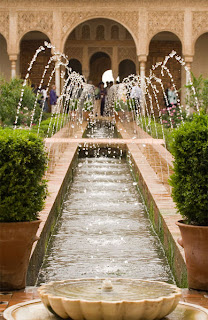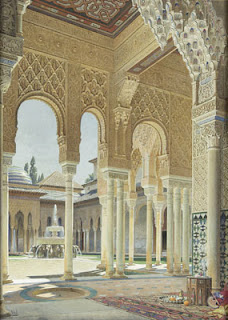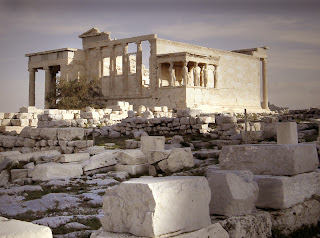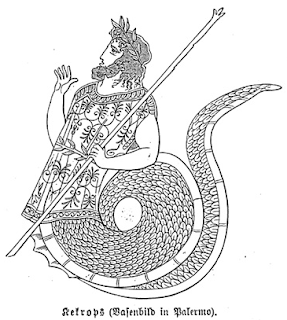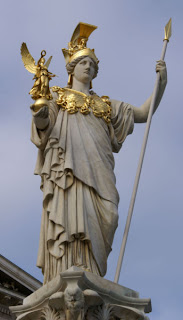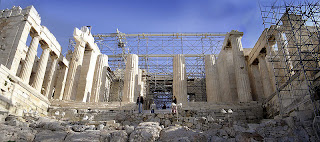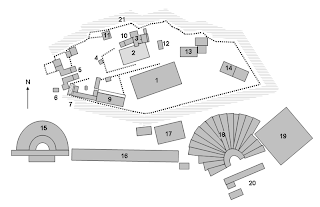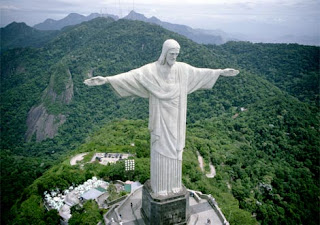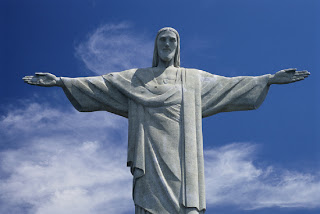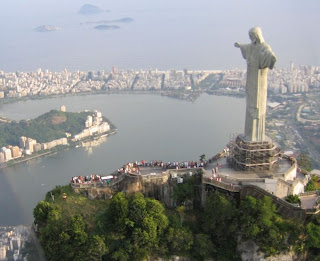Center of a significant written culture of Africa
Africa is often dubbed as a dark continent; but those who heard of Timbuktu can never call it so. Timbuktu; the ‘center of significant written culture of Africa’ is -located in Tombouctau District, Mali- was a torch spreading light all around; it was at a time when rest of the world groped amidst the gloom that encircled. Eight centuries back the district of Tombouctau was home to leading universities like Sankore and the Djinguereber and Sidi Yahya. They were the centers of excellence not only in theological disciplines but scientific and historic wisdom as well. These ancient universities did a great thing they kept written records of what was taught, these records prevail to tell all.
A golden period
During the good times this city had a population 100,000 people but the pupils of these institutions alone were about 25,000; that means it catered the educational needs of pupils belonging to a large portion of the surrounding area. These buildings made out of clay in a typical Timbuktu style are standing tall heralding their past prominence; they are UNESCO World Heritage Sites. Three centuries from the 13th to the 15th was for Timbuktu its golden period when these three centers along with numerous madrasas shone like stars spreading world-class knowledge to its pupils these ancient wisdom in the form of manuscripts if not existed; no one would have believed that such an impoverished nation like Mali was home them.
No Christians please; we are traders
Mali’s population mainly consists of Songhay, Tuarog, Fulani and Mande people and numerous nomadic tribes. The Tombouctau region where the Timbuktu sites are located is about 15 km north of River Niger; it is in the northern most part of Mali –a land locked and one of the most backward nations in the African Continent. Being located in the Sub-Saharan area these places were hard to access. The traders kept this place secret from the Europeans as they knew that the Europeans will outsmart them in trade. In the attempt to explore the location many non-Muslims traders and their informants got killed.
An entrepot
Tombouctau is located in the meeting point of the trans-Saharan trade routes and flourishing trade made this region rich. Tombouctau was an entrepot (a place where merchandise can be imported and exported without restriction, an ancient system for the present duty-free ports). The ban was only for non-Muslims and commodities of all sorts were welcome! Timbuktu even catered the needs of Europe by supplying rock salt from Taoudenni (an oasis known for its salt deposits) although the trade was not direct.
‘From here to Timbuktu’
Timbuktu even engaged in indirect trade with far away countries of Europe, for Europeans Timbuktu was a weird place; a symbol of all that were exotic and distant and something they have never seen, the phrase ‘from here to Timbuktu’ also means a place as far as one can imagine. Though Timbuktu was the creation of the Tuaregs (a tribe who live in the surrounding areas); it was the merchants and brisk trade that made the town rich; various kingdoms were born and flourished in the soil of Timbuktu; like the Ghana, Mali and Songhay empires.
A different style
The structure made of clay in typical style; that stands as Timbuktu University building was built on 1581; which was built on the older and the original structure which was built about two centuries back. In curriculum as well as method of teaching adopted here was entirely different from what existed in other parts of the world. There is much for the expensive modern universities can emulate from Sankore of Sidi Yahya to cut costs and make education more student friendly. It is surprising to see that Ancient Universities like Nalanda and Taxila had many similarities in their functioning with that of Sankore.
Collection of schools
These great universities like Sankore, Sidi Yahya, Djinguereyber etc were in fact collections of small institutions; each managed by single faculty known as the Imam. Students were associated only with that single master. The classes were held in the open or in mosque compounds. The main theme was teaching of Qur’an but classes on logics, astronomy, history etc were also held. Ahmed Baba –a prominent historian was one of the most celebrated faculties of the university, his name is referred in classic works like Tarikh- es Sudan etc.
The real treasure!
The scholars had to write their own books based on their curriculum, socio-economic issues and all that they were taught. It is this system that has generated the numerous manuscripts (written in Arabic or Fulani) which later turned out to be very valuable documents for the historians to understand the progress the people have achieved in this part of the land. The real treasure of this time is not just the 15th century complex but the 100,000 plus manuscripts (written in Arabic or Fulani) intended for didactic (moral teaching) purpose. These manuscripts were written in various times some of them were even older than Islam itself. When the older ones mainly dealt with theological subjects; comparatively recent ones were containing history, law, science and music.
In private hands
These manuscripts had been kept by the rich families of the surrounding areas as their family treasure and most of them were being lost for lack of proper preservation. It is estimated that there are between 300,000 and 700,000 such manuscripts existing in various houses; as the possession is secret no one is able to assess exact number. At present the Ahmed Baba institute (Cedrab) founded in 1970 by the Government of Mali in collaboration with UNESCO has acquired some of them for preservation and digitalization.
Like gold; like salt; like wisdom
These manuscripts that cover every aspects of human life is properly scrutinized can yield a lot of information about the culture, society, history and human relations and the depth of their knowledge. There is an old saying that stated the importance of Timbuktu “Salt comes from north, gold from south and wisdom from Timbuktu”. If salt is for health, and gold for wealth, wisdom was for the very existence of culture without which man is beast.
The African Ink-Road
Timbuktu had nothing but wisdom as its own to exchange; and as the store-house of wisdom (being home to Sankore etc; it had no dearth for it. In exchange of the commodities received Timbuktu offered its wisdom in abundance. These treasures of wisdom in the form of manuscripts traveled all through the routs and reached every where the commodities reached; thereby forming the African Ink-Road that stretches between the West Africa to the east and the south. If ancient Asia had a ‘Silk-route’ Africa had a far valuable ‘Ink-Road’. More than sixty libraries are there on this ink-road all richly endowed with these invaluable manuscripts.
The stunning abundance!
Sankore, Djinguereyber, Sidi Yahya all combined gave birth to manuscripts that is so abundant that no one is sure how much of them exist and how much have perished; most of them are secret holdings of the surrounding families. There are about 60 to 80 libraries dotted here and there along the Ink-Road like the Mamma Haidara library, Fundo Kati library (which has a collection of about 3000 manuscripts of the Andolusian origin. At present UNESCO is working in liaison with these libraries to get these manuscripts preseved.
The decline
The Portuguese and other European traders landed in West Africa changing its entire scenario –this region was so far kept away from the Europeans- they devised alternative trade routes thereby diminishing the potential of the existing routes. With the fall of the trade routes the city lost its prominence as a trading center. The attack made by Morisco (Moriscos are Muslims of Spain who were forcible converted to Christianity, the word means Moor-like) mercenaries hastened its fall.
Present Timbuktu
Timbuktu is a UNESCO approved World Heritage Site since 1988 and on that merit it has an international air-port and some amount of tourists visit its sites. This town has a population above 30,000 and headquarters to the local Governor. Whatever its status as a heritage site the people of this town live in utter penury and water scarcity; the Sahara Desert keep on advancing to swallow this little town. UNESCO placed this site in the ‘endangered sites list’ as it was on the verge of getting buried by the desert sand, after necessary works done in 2005 it has been taken out of the endangered list.
